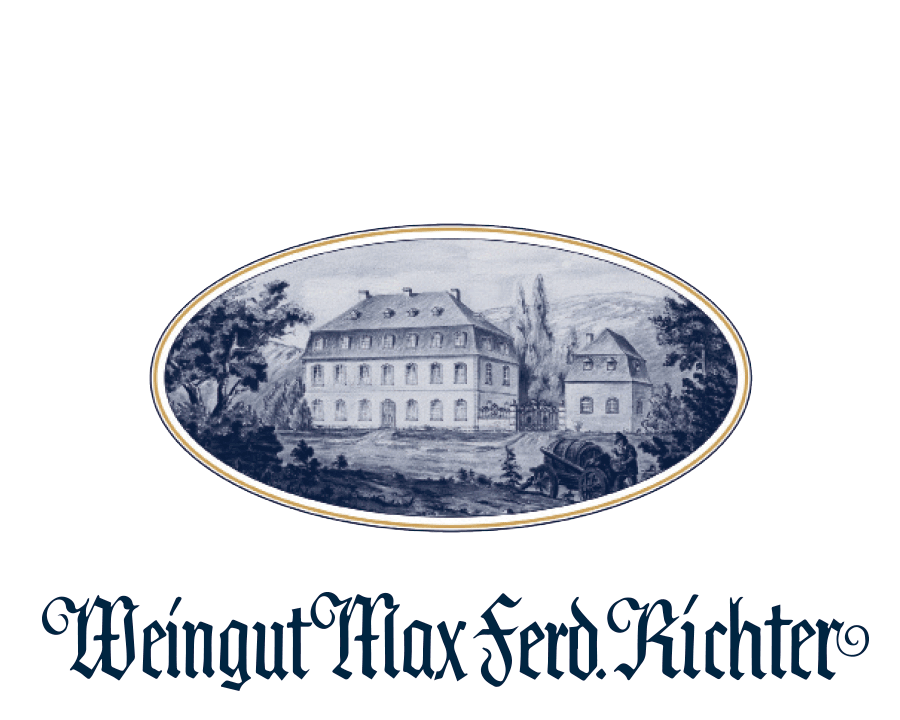2025: A turbo harvest in the race against poor harvesting weather
The 2025 grape harvest ended on 8th October 2025. It was a race against time and against the vagaries of the weather gods.
The year 2025 had begun very promisingly. The vineyard soils had sufficient winter moisture, so that in a dry spring, pruning, tying, and binding of the vines could be completed quickly and the vines were able to sprout early in mid-April. Unlike in 2024, we were spared late frosts this year. The sunny and dry month of May ensured rapid growth of the vines with a lush fruit set, promising a large harvest in terms of quantity. A late “sheep’s cold” in mid-June burst into the vine blossom, causing the flowers to fall off and thus dampening expectations for quantity. However, this is not an unusual experience with Riesling vines (the name says it all). Therefore, there was no cause for great concern. The sunny, warm weather continued in July and August, allowing us to look forward to an outstanding vintage with optimism.
The grapes ripened very quickly, and due to the worsening weather forecast, we began the 2025 harvest earlier than ever before. Our harvesting team—almost all of whom, thankfully, come from Poland— began harvesting healthy Pinot Noir grapes on 8th September 2025, followed by Riesling grapes for low-alcohol Kabinett wines, before heavy rainfall in mid-September quickly affected the ripe grapes: warm temperatures meant that rot was a real threat. The rest of the harvest was therefore characterized by a fast pace and the necessary selection and separation of healthy grapes from those affected by rot. The situation is somewhat reminiscent of 2005, when we faced similar weather conditions for the first time and were able to make the right decisions based on experience. We made greater use of the harvesting machine in the plots where we harvest our dry Riesling, the more developed steep slopes. This was done on the one hand to offset the steadily rising labor costs and on the other to allow sufficient time for hand harvesting the more demanding Prädikat wines.
Conclusion on the 2025 harvest: We are very satisfied with the quality and are drawing comparisons with the 2005 and 2022 vintages. The quantity is satisfactory. We will be able to fulfill all requests up to and including Trockenbeerenauslese. The musts are fermenting slowly but without disruption, so we can expect aromatic and very balanced wines.
A word about the 2024 vintage: The difficult, very small harvest of 2024 has given us a classic Riesling vintage, the likes of which only the older ones among us know from the 1960s, and from the more recent past, comparisons can only be made with 2004 and 2008 at best. The wines are very flavorful despite their low alcohol content and are characterized by invigorating raciness and pleasant fruit acidity. The dry Rieslings (Markus Hofschuster in the online magazine “WeinPlus”) and the Pinot Noir and Riesling wines up to the Wehlener Sonnenuhr Auslese*** -42- in “Vinum” and “Mosel Fine Wines” have received particular praise in these recently published wine guides.
These are encouraging comments in a difficult economic environment marked by Trump’s erratic tariff policy and alcohol bashing. The most cynical contribution to this debate came from the SZ on 15th October 2025, which claimed that “the demise of wineries is good news because it could prevent people from dying.” We disagree with the philosopher-emperor Marcus Aurelius: “No one should drink so little wine that it harms their health.”
Wishing a merry Christmas, a happy holiday season and a healthy, prosperous and successful New Year 2025!
Dr. Dirk und Constantin Richter
